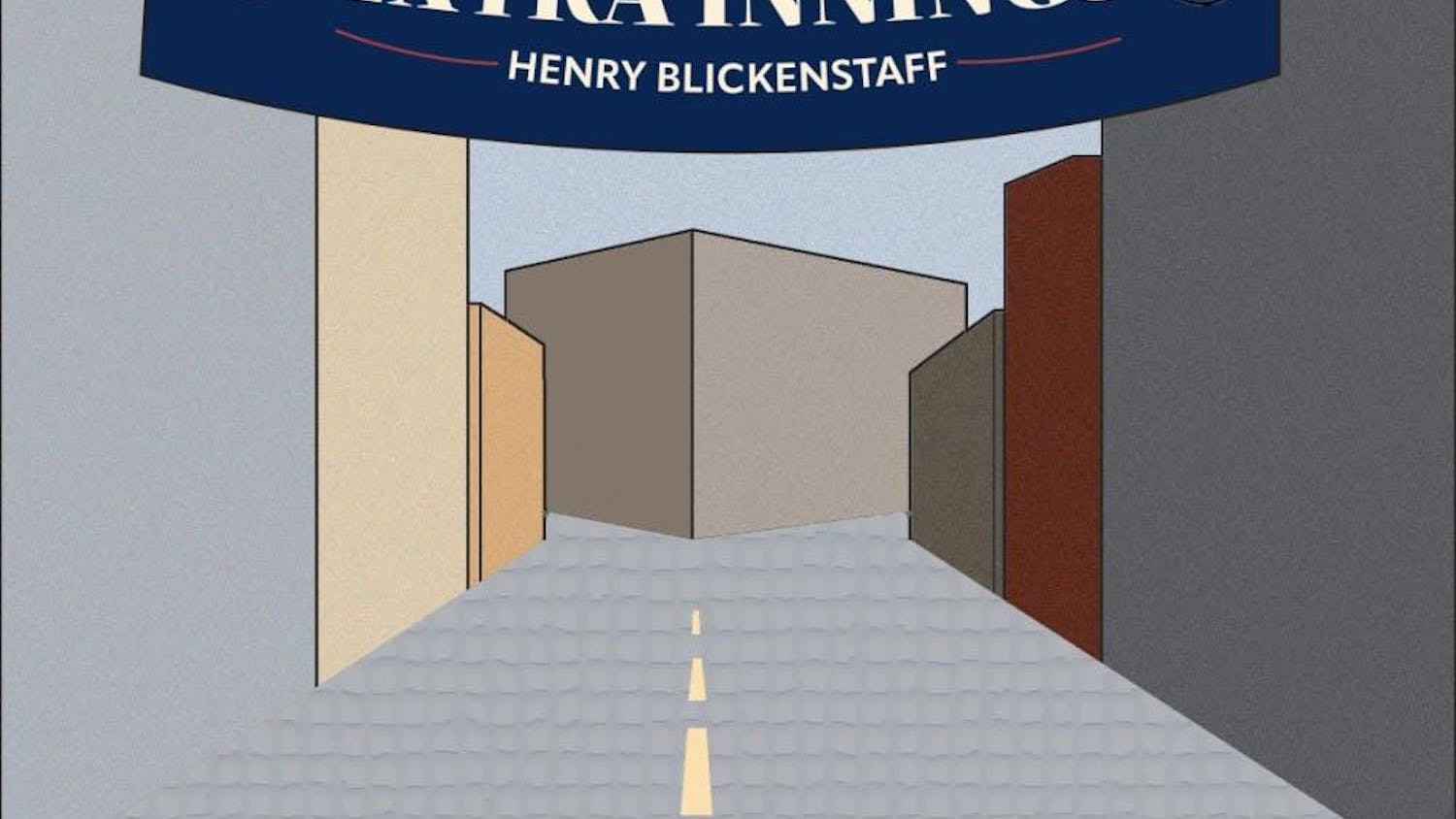This semester at Tufts I’ve found myself mainly in courses and extracurricular activities that have less in common with my actual major than I thought. Personally, I don’t see this as a bad thing — I want to nurture my other passions while gaining my education. The plus from this? I am able to take courses that end up relating to K-Weekly, crazily enough.
Currently, I am enrolled in a course called Music in Global Perspectives, in which we recently began work on our final project (I know, so early!). For my project, which is called a finding aid, I decided that I wanted to do a deeper dive into pansori — a traditional Korean style of storytelling that mixes song and performance.
Pansori, which UNESCO translates to “a place where people gather” and “song,” is performed by the “sorikkun”, which means “vocalist,” and the “gosu,” which means “drummer.” Typically, during the performance, they are the only two people on stage. The drum played is called a “buk,” and is sideways-standing and hit with a mallet while the gosu kneels next to it.
In pansori, “chang,” which means “singing,” “aniri,” which means “verbal storytelling”and “nuhreumsae,” which means “body language performance,” are all used to tell the story. These pieces of pansori make the performance whole.
Many people may know pansori’s influence in the modern K-pop genre through songs like “Idol” (2018) by BTS, but pansori began in the 17th century, mainly known by 12 distinct stories. These stories, told mostly about the Joseon dynasty (1392–1910), often focus on human morality. Love, family and jealousy are all shown through the desperate vocals as the “sorikkun” jumps from pitch to pitch in songs that can reach over eight hours in length.
Only five of the twelve traditional “madang” are still popularly performed: Chunhyangga, Heungbuga, Simcheongga, Jeokbyeokga and Sugungga.These forms are often rooted in Korean folktales.
Although pansori is centuries old, a mix of traditional and modern performances still exist. For instance, Ahn Sook-sun and Nam Sangil’s performance of the “Heungbuga,” which translates to “Gourd Song,” is an example of the original songs still being performed to large live audiences recently.
More modern and new pansori can be seen throughout Ahn Ye-eun’s discography. In particular, her song “Night Flower” (2021) has base elements of pansori — the “jo” or “melody,” “buchimsae,” which means “story and music,” “jangdan,” which means “rhythm” and vocal production while adding a different touch such as the inclusion of more instruments.
Most evidently, many new pansori and pansori-inspired songs keep to having a jumping pitch (reminiscent of speech patterns in Honam, Korea) and drawn-out vocalizations that bring forth feelings of desperation.
Pansori is a beautiful form of storytelling rooted deeply in the history of Korea and Korean values. It has continued to be performed and experimented with throughout several centuries and is a powerful tool in music and performance.
Personally, pansori has always piqued my interest. The ability to bring such distinct vocal performance styles and traditional stories together is an art form that will give every listener a completely unique experience.






